Here’s the feel-good Houston bayou hit of the season: a dreamy, 11-minute-long video talking up a $5.4 billion plan (that’s the proposed budget, anyway) to build a new interconnected system of parks and trails out of “derelict” properties along Houston’s extensive network of bayous. The goals: better air and water quality, reduced flooding, and economic development.
Properties not directly located along bayous would also be included. In all, the plan calls for acquiring 3,800 acres of land and turning 3,200 acres of them into parks and stormwater detention sites. The remainder would be “set aside” for future redevelopment. Continuous greenbelts would be established along 10 major Houston bayous, connecting parks and community gathering places. In all: 300 miles of trails and 1,600 acres of linear greenway space.
But that’s just for Houston.


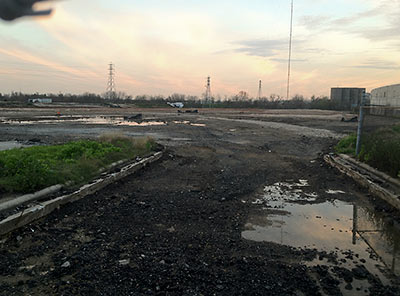
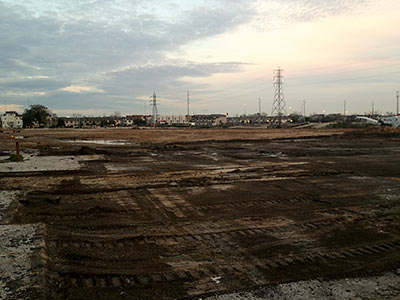
 Does li’l ol’ Buffalo Bayou qualify for a river guide? It does now.
Does li’l ol’ Buffalo Bayou qualify for a river guide? It does now. 
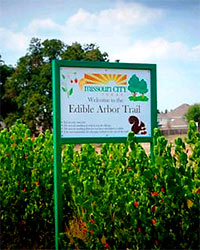 Missouri City forester Paul Wierzbicki tells reporter Cory Stottlemeyer that he expects the Jujubes, Mexican plums, Mexican persimmons, mulberries, pomegranates, figs, pears, and kumquats he began planting along the Oyster Creek Trail last fall to survive through the year. The 70 fruit- and nut-bearing trees now growing along half of the Missouri City section of the trail between Mosley Park and FM 3345 were selected for their tolerance to local conditions, including drought and Gulf Coast pests.
Missouri City forester Paul Wierzbicki tells reporter Cory Stottlemeyer that he expects the Jujubes, Mexican plums, Mexican persimmons, mulberries, pomegranates, figs, pears, and kumquats he began planting along the Oyster Creek Trail last fall to survive through the year. The 70 fruit- and nut-bearing trees now growing along half of the Missouri City section of the trail between Mosley Park and FM 3345 were selected for their tolerance to local conditions, including drought and Gulf Coast pests. 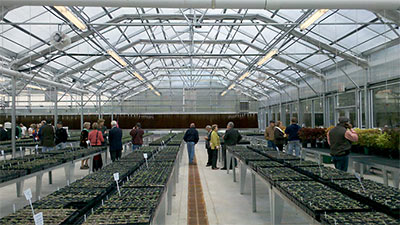


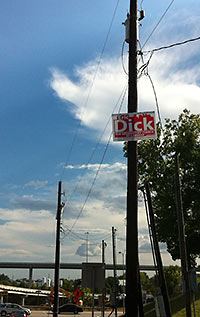 Political consultant and bandit-sign monitor Greg Wythe digs into campaign filings to assess a recent claim by at-large city council candidate Eric Dick — that many of the ubiquitous and often illegally posted signs advertising his candidacy throughout Houston are the work of “overzealous volunteers.” Wythe’s findings:
Political consultant and bandit-sign monitor Greg Wythe digs into campaign filings to assess a recent claim by at-large city council candidate Eric Dick — that many of the ubiquitous and often illegally posted signs advertising his candidacy throughout Houston are the work of “overzealous volunteers.” Wythe’s findings: 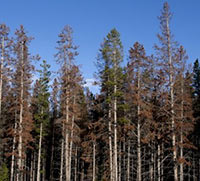 For full effect, Trees for Houston executive director Barry Ward counts the
For full effect, Trees for Houston executive director Barry Ward counts the 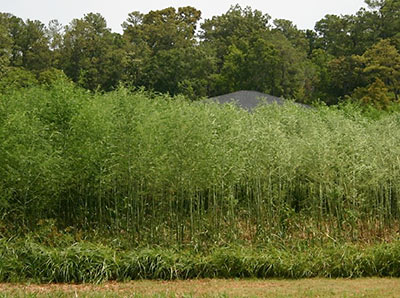
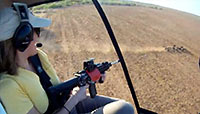 After 4 hours of classroom training near Hobby Airport in “the first Professional Helicopter Hog Hunting Safety Course in the nation that is specific to hunters who would be hiring a helicopter service to hunt feral hogs,” reporter Sonia Smith goes out on her first aerial wild hog shoot, AR-15 in hand — near Knox City, with the same helicopter pilot who took Ted Nugent on a 30-plus pig run back in March. A new law effective September 1 allows sport hunters to rent helicopter gunner seats for hog or coyote kills, but the rush has already begun.
After 4 hours of classroom training near Hobby Airport in “the first Professional Helicopter Hog Hunting Safety Course in the nation that is specific to hunters who would be hiring a helicopter service to hunt feral hogs,” reporter Sonia Smith goes out on her first aerial wild hog shoot, AR-15 in hand — near Knox City, with the same helicopter pilot who took Ted Nugent on a 30-plus pig run back in March. A new law effective September 1 allows sport hunters to rent helicopter gunner seats for hog or coyote kills, but the rush has already begun.